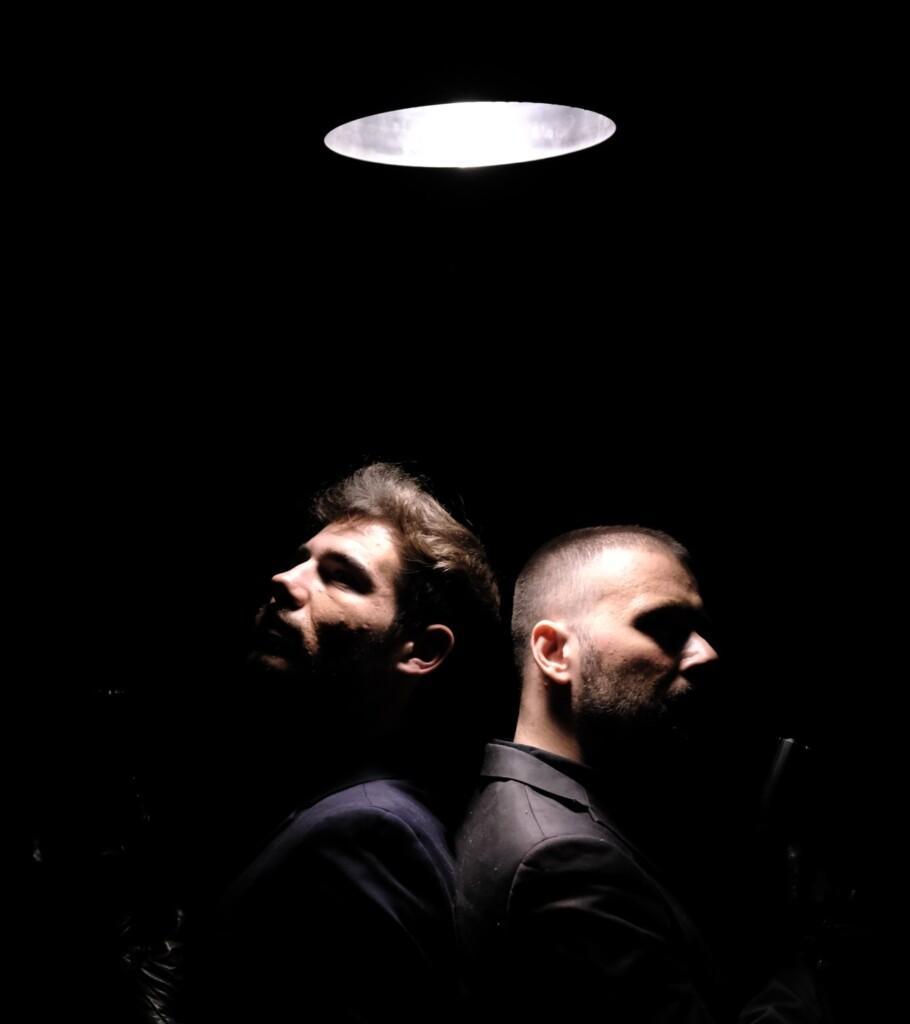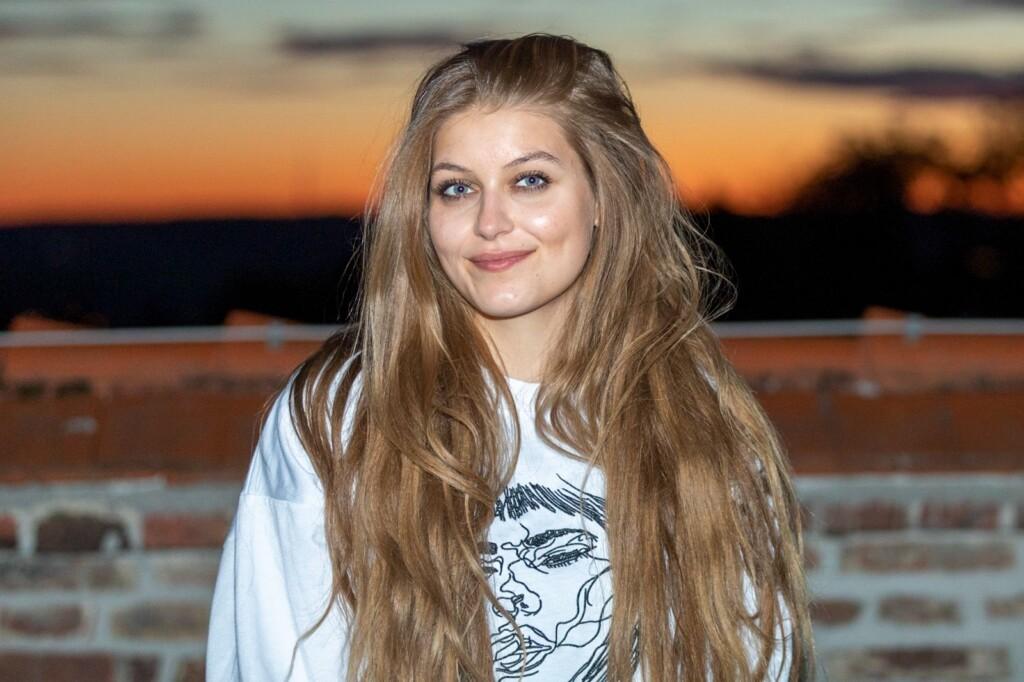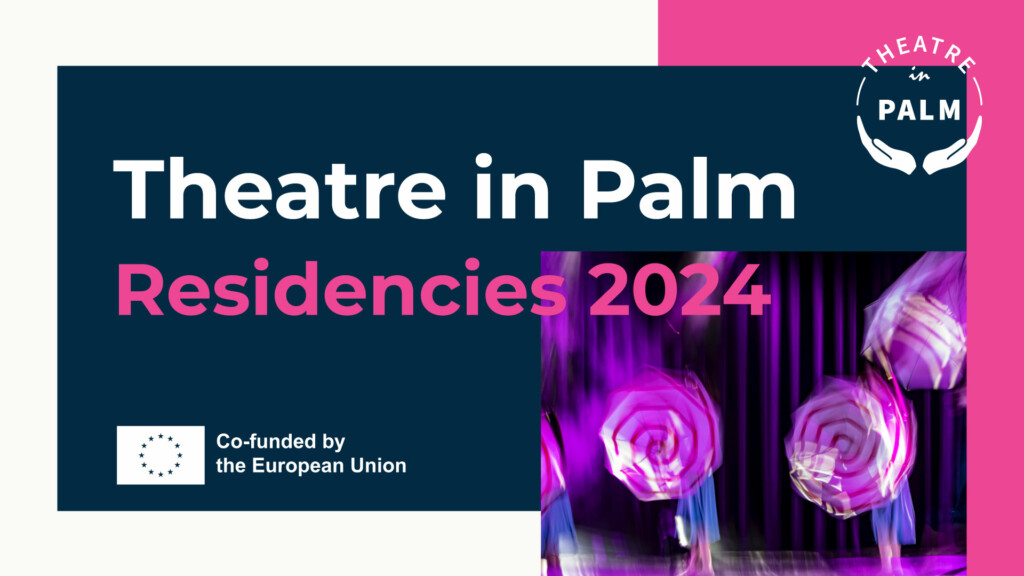“Faces to the Sea”: A performance bridging art and ecology
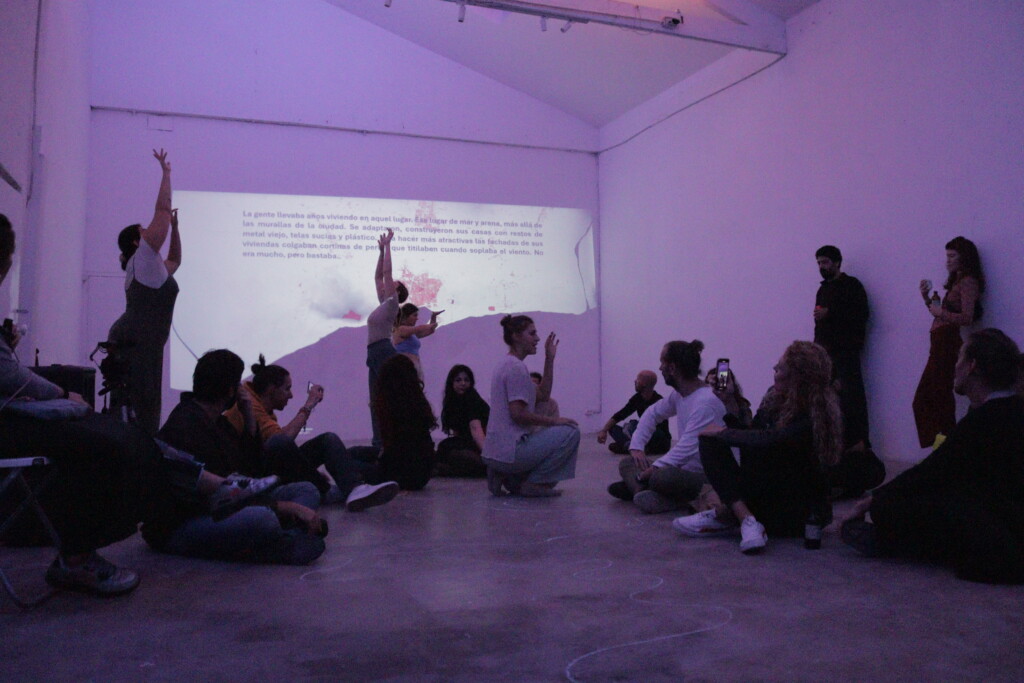
With their backs to the wall.
With their faces to the sea.
In October 2024, Espronceda Institute of Art & Culture in Barcelona, Spain, hosted the Theatre in Palm Residency, a multidisciplinary initiative exploring the intersections of art, science, and ecological awareness. The residency culminated in a powerful performance, Faces to the Sea, which brought to life pressing questions about human displacement, ecological balance, and our interconnected futures.
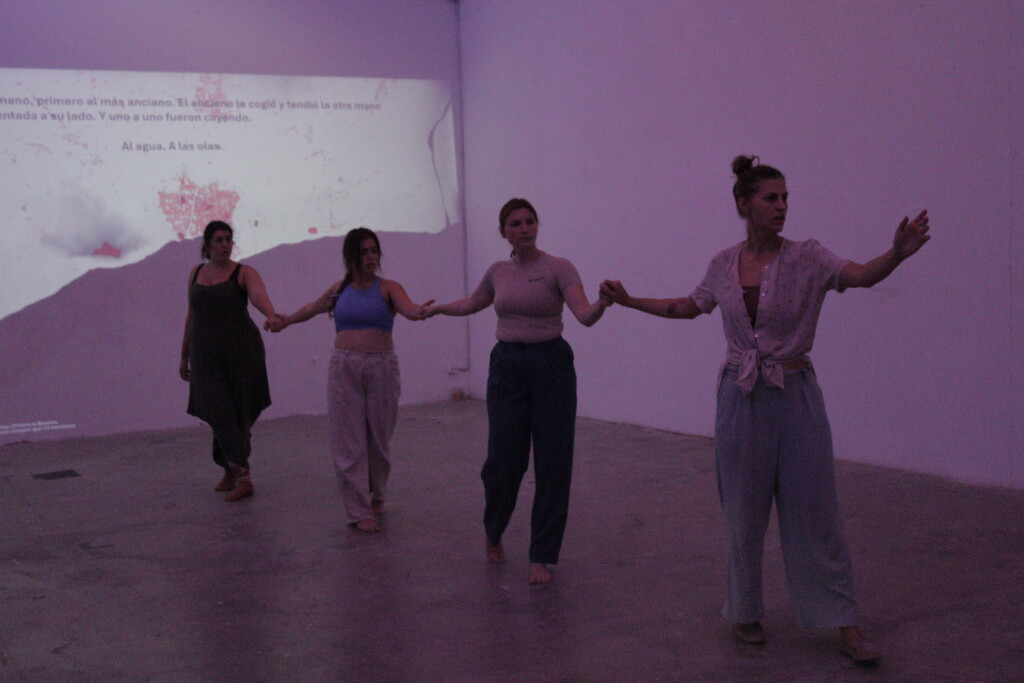
The performance unfolds in a symbolic narrative where urban expansion forces communities to confront the limits of their environment. With cities growing beyond their natural borders, inhabitants pushed to the margins face a choice: to succumb to the pressures of this relentless expansion or to seek refuge in the vast, enigmatic world of the sea.
In this journey, the Spirit of the Sea becomes a guide, leading the displaced into an underwater realm where life thrives in balance. This world beneath the waves is not merely an escape but a space of possibility—one that offers a fragile hope of coexistence. However, as the story evolves, the performance confronts an unsettling reality: the encroachment of human activity into marine ecosystems. What happens when the sea, a symbol of renewal and sanctuary, becomes another casualty of unchecked urbanization and exploitation?
Using the evocative power of myths and ancient storytelling, Faces to the Sea delves into themes of biodiversity, resilience, and ecological crises. The performance weaves together the visible and invisible threads connecting human and marine ecosystems, emphasizing that no species exists in isolation. Inspired by scientific theories like Lynn Margulis’ endosymbiotic theory of evolution, which suggests that living organisms evolve not in isolation but through cooperation among species, the work highlights the interdependent nature of life. This perspective challenges the audience to reconsider their role within a shared environment, inviting them to imagine futures where human and non-human rights are equally valued in decision-making processes.
Through a combination of poetic choreography, haunting musical compositions, and striking visual elements, the piece captures both the beauty and fragility of our planet.
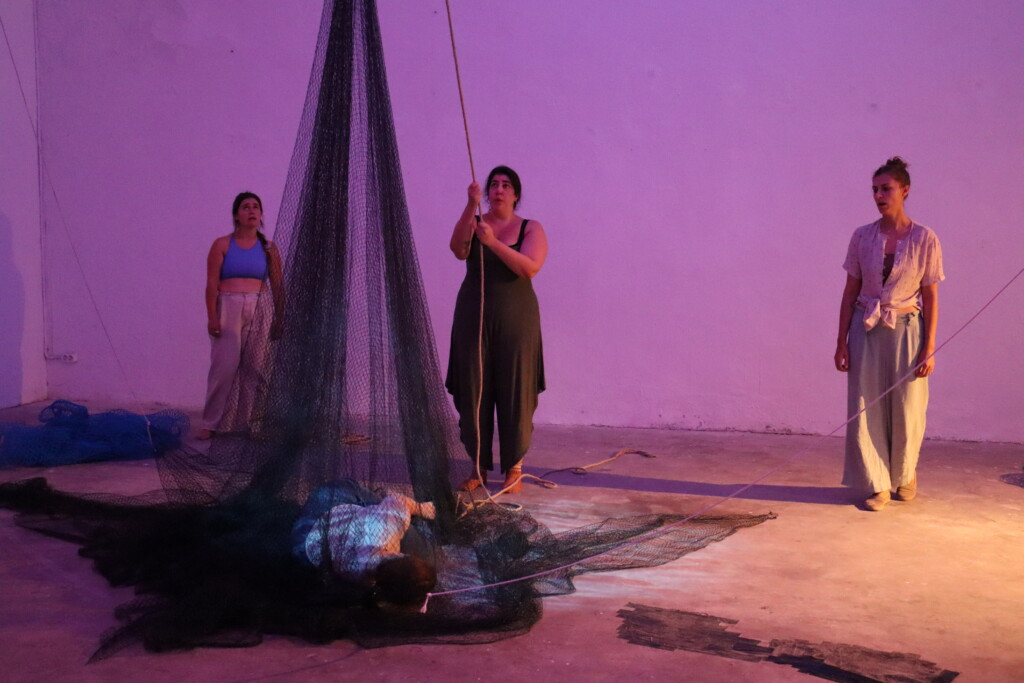
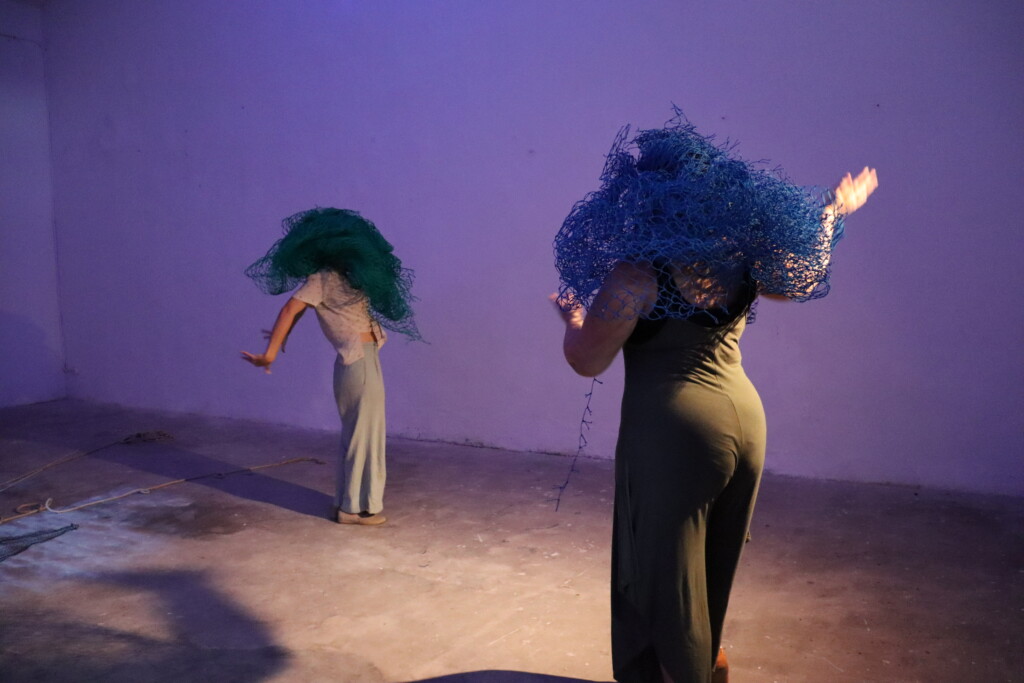
This symbolic piece invites reflection on the boundaries between the human and non-human, between city and nature, and how the interconnection of all living beings can lead to a more just and sustainable future. It is an invitation to reflect on the delicate balance of life on Earth and our role in shaping the future of our ecosystems. It serves as a powerful reminder of the interdependence of all living beings and the urgent need for a more harmonious coexistence between humans and the natural world.
The Artists in Residence
The artistic team behind Faces to the Sea included creators from diverse disciplines and backgrounds:
- Anita Szymańska, a Polish creator who integrates folk tales and polyphonic singing into her work.
- Eirini Petraki, a Greek-British actress and playwright known for her experimental theater.
- Ellen Finnerty, an Irish artist and performer who explores physical theater and language.
- Marcos Mereles, a London-based filmmaker whose feature film debut was acclaimed at the BFI London Film Festival.
- Sabine Neilande, a Latvian contemporary dance artist who tackles provocative themes through movement.
The Curators and Collaborators
The residency was led by curators Alessia Gervasone from Espronceda and Elisabetta Broglio from the Institut de Ciències del Mar (ICM – CSIC). The project also benefited from collaborations with renowned institutions, including the Oceans and Human Health Chair at ICM – CSIC, the Art Centre La Panera in Lleida, and the Art, Globalization and Interculturality research group from the University of Barcelona.
